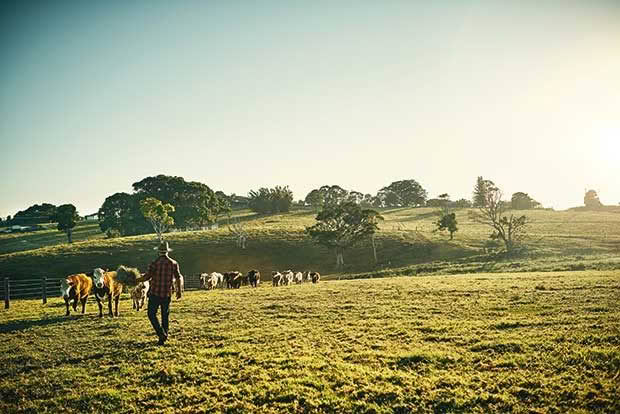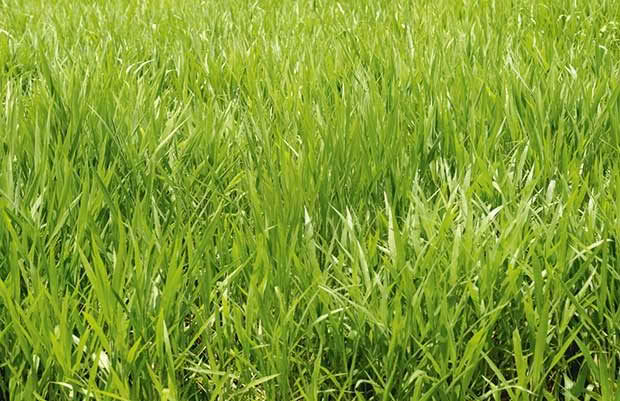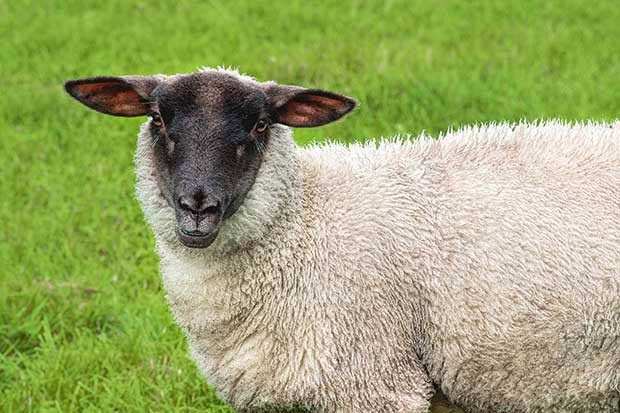Everything to do this April for a healthy, productive farm

Seasons are everything for productivity, so kick start the month with this autumn checklist.
Words: Nadene Hall
LAND
• New ryegrass growth (including regrowth of old grass) can cause grass staggers (magnesium deficiency), nitrate poisoning and bloat in autumn. Encourage the growth of clover, chicory and other plants to minimise the available amount of ryegrass. Feed supplements, restrict access to new growth, and allow grasses to mature before animals graze it. This is better for both the plants and for livestock.
• With remaining humidity in northern areas there may still be a risk of high facial eczema spores. Check spore levels for weekly local updates.
• Resow pasture in warmer areas while the soil temperature and weather are still good. Options to consider include endophyte-free ryegrasses, various clover varieties, herbal plants like plantain and chicory, and drought-tolerant pasture plants such as cocksfoot, phalaris and prairie grass.

• Test your soil. Fertiliser and lime need to be applied before any pasture is resown. As good rainfall is also necessary, timing is crucial. Other farmers will also be waiting for rain and so there may be a queue for the fertiliser to be spread – stay in touch with your contractor.
CATTLE
• Last year’s calves should be weaned by now, so get condition on them and their mothers. If you’ve had a dry summer, late weaning tends to lead to cows in poorer condition heading into winter and weaner weights that are lower than average.
• Warm, moist conditions will increase lice and internal parasites. Get faecal egg counts done and drench only as required.
• “Ill-thrift” in autumn can cause calves to ‘fade’, losing weight and condition. This can be caused by a combination of factors including low quality feed, parasite burdens, low copper levels, and sensitivity to fungus in the grass.
• On some blocks, supplementary feeding-out during late summer and autumn (rather than winter) ensures stock go into winter in good condition. This gives pregnant cattle and/or beef cattle the best chance of maintaining health and weight over winter. Trying to get condition onto an animal in winter is difficult, and the feed required will be more expensive.
SHEEP
• Maintain facial eczema treatments if your area is still affected by high spore counts. Spores thrive in warm, humid weather and in a thick sward of old grass at the base of new growing pasture.
• Ewes need good feed and treatment before going to the ram so get faecal egg counts done and treat quickly, if required.

• Talk to your vet about copper supplementation. Obvious symptoms include light-coloured coats and anaemia. Subclinical symptoms can include low conception rates, diarrhoea, reduced growth rates, disease susceptibility and lameness.
• Rams will typically be finishing their work in the North Island and heading out in the South Island. Timing of lambing should be scheduled to your spring weather and feed conditions. Have a good paddock of feed and/or supplementary feed for rams to regain condition they will lose during mating.
GOATS
• If your buck has finished his work for this mating season, make sure he has good food and supplements and is back in condition before winter.
• In wet areas watch for footrot. Trim hooves and soak in a zinc sulphate solution each week, a few minutes of soaking then 30 minutes drying before you return animals to the paddock. Avoid breeding from regular victims.
• Autumn is a prime time for lice in fibre goats, especially those that have longer coats or are run-down from poor feed. Use
a pour-on product like Cypour, which should be repeated at fortnightly intervals.
PIGS
• Check if your sow is pregnant by looking for signs of her coming back into season (about 18-21 days after her last cycle). Pregnant sows will birth 115 days (3 months, 3 weeks and 3 days) after mating, with a range from 110-120 days. Most changes occur in the last four weeks as the udder fills and teats become more prominent. The vulva will get swollen in the days before farrowing and often the abdomen will hang lower as ligaments stretch in preparation.
• Pigs can get lice and internal parasites, especially in the warm, wet conditions of early autumn. Talk to your vet about drenching options.
• Pigs love vegetable and green garden waste but be careful not to feed them poisonous plants (ie, tomato plants). Pigs also love acorns and acorns are said to add flavour to the meat. Make sure other animals don’t get access to the acorns as they can be toxic. Don’t feed green acorns as these can upset a pig’s digestive system.
KEEP LIVESTOCK WELL FED NOW
If you’ve had dry summer conditions, autumn growth won’t be very nutritious. Keep up supplemental feed as it is much cheaper to maintain condition than to try and get condition back on cattle and sheep over winter.

